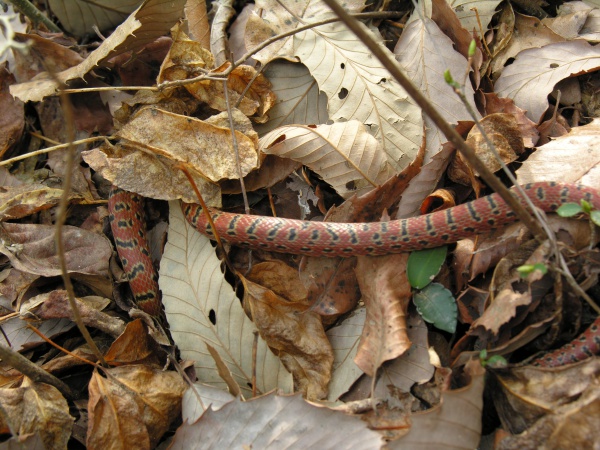Facts About Red Japanese Rat Snake
The Euprepiophis conspicillata, commonly known as the Japanese forest rat snake, is a nonvenomous species indigenous to Japan. Locally referred to as "jimuguri" meaning "the burrower" this snake is closely related to the Mandarin rat snake. These reptiles inhabit Japan's four main islands, several smaller isles, and even Kunashir Island, a territory claimed by both Japan and Russia.
The classification of rat snakes has been subject to debate, with some scientists proposing revisions based on mitochondrial DNA analyses. Currently, however, the recognized classification remains Elaphe, pending any decisions from the International Commission on Zoological Nomenclature (ICZN).
Japanese forest rat snakes are primarily diurnal, but they are most active during the cooler periods of dawn and dusk. During the height of summer, when temperatures soar, they tend to remain concealed. Their diet consists mainly of small rodents, and they frequently take over rodent burrows for shelter. These snakes are well-adapted to forested environments, thriving at elevations ranging from sea level to 3,000 meters.
